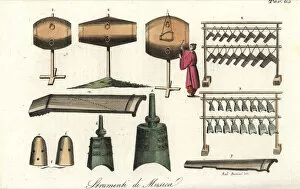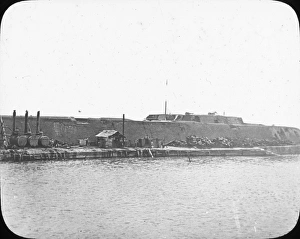Dagu Collection
"Dagu: The Ancient Art of Japanese Body Painting" In Japan, "Dagu" is an ancient art form that has been practiced for centuries
All Professionally Made to Order for Quick Shipping
"Dagu: The Ancient Art of Japanese Body Painting" In Japan, "Dagu" is an ancient art form that has been practiced for centuries. This traditional body painting technique involves applying intricate designs and patterns onto the skin using natural pigments such as vegetable dyes and minerals. Dagu artists use a combination of brushstrokes, stencils, and freehand techniques to create stunning works of art on their clients' bodies. The process is not only visually striking but also has spiritual significance in Japanese culture. The designs are believed to bring good luck, ward off evil spirits, and even help the wearer's mental clarity. Dagu artists undergo rigorous training to master this ancient craft, which requires great skill, patience, and attention to detail. Today, dagu is experiencing a resurgence of interest among modern art enthusiasts and cultural heritage preservationists. This captivating form of body painting not only showcases Japan's rich artistic history but also celebrates the country's unique blend of traditional techniques with contemporary flair.








